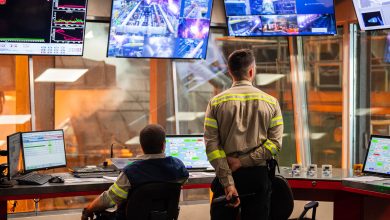Equinor to Stop Trading in Russian Oil and Oil Products
Following the announcement that Equinor has started the process to exit its projects in Russia, a decision has been made that Equinor will also stop trading in Russian oil. This means that Equinor will not enter any new trades or engage in transport of oil and oil products from Russia.
This is part of Equinor’s efforts to exit Russia and includes getting a full overview of all relevant aspects, including legal obligations. Equinor has certain contractual commitments arising out of contracts entered prior to the invasion. This includes contracts signed in January this year, under which Equinor will receive four oil cargoes in March. Two of these are sold on to customers in Asia. The third is a naphta cargo that will be delivered to an Equinor contracted storage facility. The fourth is a feedstock cargo to be delivered at the Mongstad refinery in Norway.
Receiving these cargoes is in full compliance with current sanctions. Equinor is continuing its work to exit Russia in a responsible way while ensuring compliance with all applicable laws, including sanctions.
Equinor’s operations in Russia
Equinor has been present in Russia for more than 30 years and has developed close relationships with Russian energy companies and communities.
Since 1996 Equinor has been a partner in the Kharyaga oil field development in the Timan-Pechora basin located in the Nenets Autonomous District 60 kilometres north of the Arctic Circle.
In 2012 Equinor entered a strategic cooperation with Rosneft which forms the basis for their activities in Russia. This cooperation covers several projects including the North Komsomolskoye oil field development project in West Siberia, a pilot exploration programme to assess the potential for commercial production from the Domanik limestone formation in the Samara region, and 12 exploration and production licences in Eastern Siberia.
In 2021, Equinor signed a cooperation agreement on carbon management with Rosneft to join forces to reduce the carbon footprint from joint projects and develop low carbon solutions.



